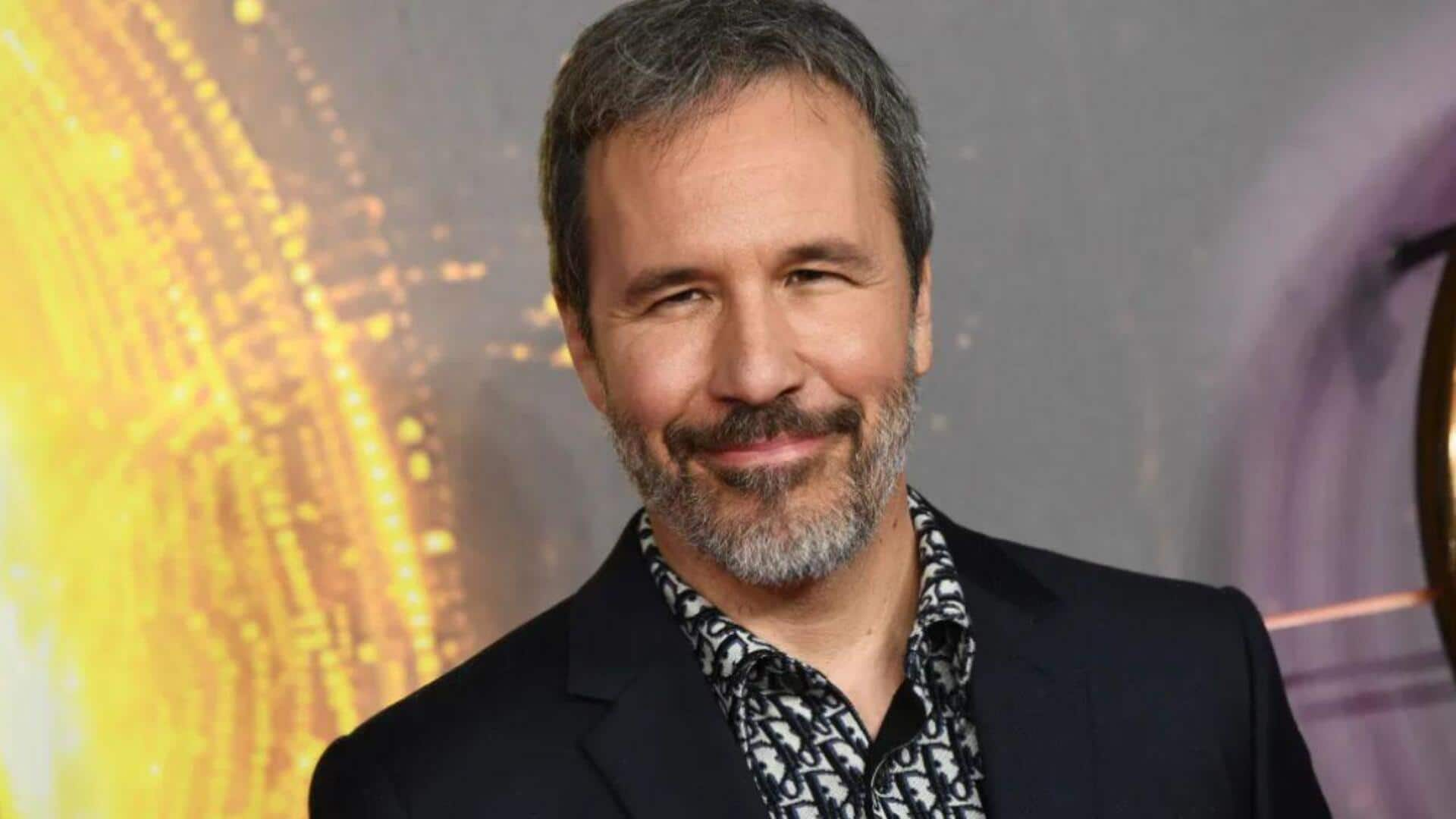
The secret behind Villeneuve's spellbinding sci-fi style
What's the story
Denis Villeneuve, the legendary filmmaker, has revolutionized the way Hollywood depicts futuristic landscapes. His vision of complexity and expanse creates a world so immersive that one can't help but get lost in it. The man behind movies like Blade Runner 2049 and Dune, Villeneuve has perfected the art of visual storytelling, blending realism with the fantastical. Here's how his signature style seals the deal for the future of cinematic landscapes.
Visual realism
Crafting realistic sci-fi worlds
Villeneuve's contribution to science fiction cinema has always been its visual realism. He merges practical effects with advanced CGI to build worlds that feel real. It is his attention to detail that makes every element of a scene contribute to the narrative, making it possible for audiences to get fully immersed in it. That's how reality and imagination bridge seamlessly.
Expansive settings
Emphasis on scale and scope
In films like Dune, Villeneuve demonstrates an impeccable mastery over scale and scope. He employs humongous landscapes to depict the enormity of his stories, most of the time utilizing wide shots. These shots accentuate both natural beauty and architectural magnificence. This not only establishes a sense of place but also highlights thematic elements. Elements such as isolation or power dynamics within the narrative framework are highlighted.
Auditory immersion
Integration of sound design
Sound design is also an integral part of Villeneuve's futuristic landscapes. Working with composers such as Hans Zimmer, he creates soundscapes that complement the visual elements while deepening the emotional impact of the story. The ambient sounds and innovative musical scores help make the experience immersive for viewers by reinforcing mood and atmosphere throughout each film.
Creative partnerships
Collaboration with visionary artists
Villeneuve has always worked with visionary artists who are equally passionate about innovating the cinematic experience. Being able to work with cinematographers like Roger Deakins or production designers like Patrice Vermette allows him to realize complex ideas with collaborative creativity. This makes for visually stunning films where every last detail is painstakingly thought through from conceptualization to final execution stages.